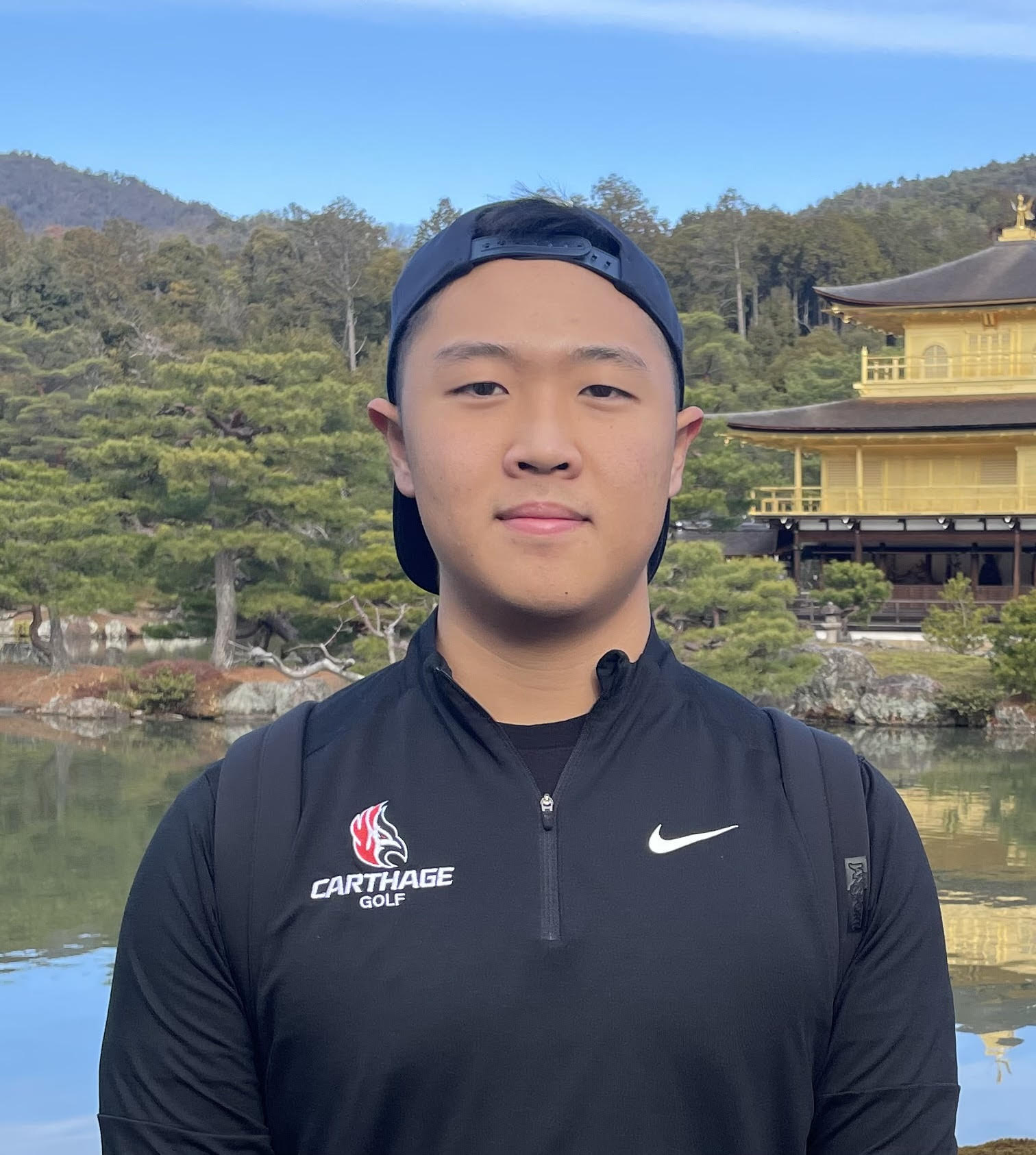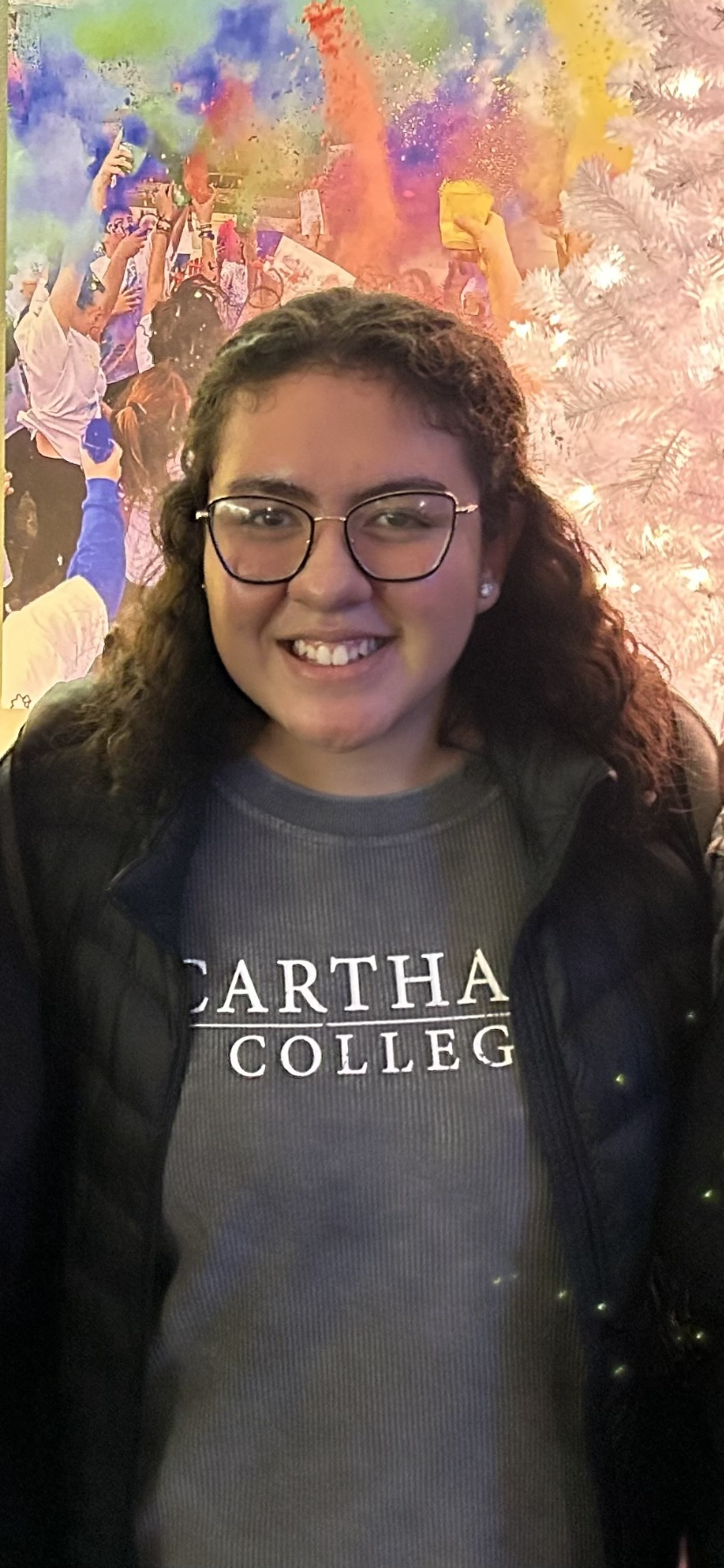Celebration of Scholars
#27: Onika’s Origins: A Bioinformatic Analysis of a Cluster EC Bacteriophage
 Name:
Jeffrey White
Name:
Jeffrey White
Major: Biology
Hometown: Patterson, Missouri
Faculty Sponsor: Deborah Tobiason
Other Sponsors: Jessica Leo
Type of research: Course project
Funding: Howard Hughes Medical Institute
 Name:
Lily Kaestner
Name:
Lily Kaestner
Major: Biology
Hometown: Westmont, Illinois
Faculty Sponsor: Deborah Tobiason
Other Sponsors: Jessica Leo
Type of research: Course project
Funding: Howard Hughes Medical Institute
 Name:
Erik Krueger
Name:
Erik Krueger
Major: Allied Health Science
Hometown: Port Washington, Wisconsin
Faculty Sponsor: Deborah Tobiason
Other Sponsors: Jessica Leo
Type of research: Course project
Funding: Howard Hughes Medical Institute
 Name:
David Ku
Name:
David Ku
Major: Biology
Hometown: Palatine, Illinois
Faculty Sponsor: Deborah Tobiason
Other Sponsors: Jessica Leo
Type of research: Course project
Funding: Howard Hughes Medical Institute
 Name:
Daniela Medrano
Name:
Daniela Medrano
Major: Biology
Hometown: Chicago, Illinois
Faculty Sponsor: Deborah Tobiason
Other Sponsors: Jessica Leo
Type of research: Course project
Funding: Howard Hughes Medical Institute
 Name:
Winter Roland
Name:
Winter Roland
Major: Biology and Music
Hometown: Moline, Illinois
Faculty Sponsor: Deborah Tobiason
Other Sponsors: Jessica Leo
Type of research: Course project
Funding: Howard Hughes Medical Institute
Abstract
Bacteriophage Onika was isolated at Carthage College from the bacterial host Microbacterium foliorum. Bacteriophages, aka. phages, are a type of virus that solely infect bacterial cells. Research on phages is important as they can be used in phage therapy to combat antibiotic-resistant bacteria. Onika is a siphoviridae, lytic phage with a long flexible tail. Genome sequence analysis indicates that Onika is in the EC cluster of Microbacterium phages. An array of bioinformatic tools were used to annotate Onika’s genome and determine the functions of its genes. All of the genes in Onika’s genome are transcribed in the same direction. Onika has some variation in the front end of its genome compared to its closest relative, phage Hermeonysus. Unlike most annotated phages, a significant stretch of small open reading frames (gp 4-18), which have no known function at this time, are located between the terminase and portal genes. This region appears to be conserved across other EC phages with some variation in the quantity and size of the ORFs (open reading frames). Another feature unique to the EC cluster is a small DNA sequence repeated multiple times throughout the genome that appears unassociated with any genes. This could be related to the abnormal amount of DNA binding proteins that Onika also possesses. We also found evidence supporting membrane proteins downstream of endolysin that have not been annotated for other phages in this cluster. These features of Onika have inspired independent research projects currently investigating genomic relationships of cluster EC phages.
Submit date: March 25, 2024, 3:02 p.m.
